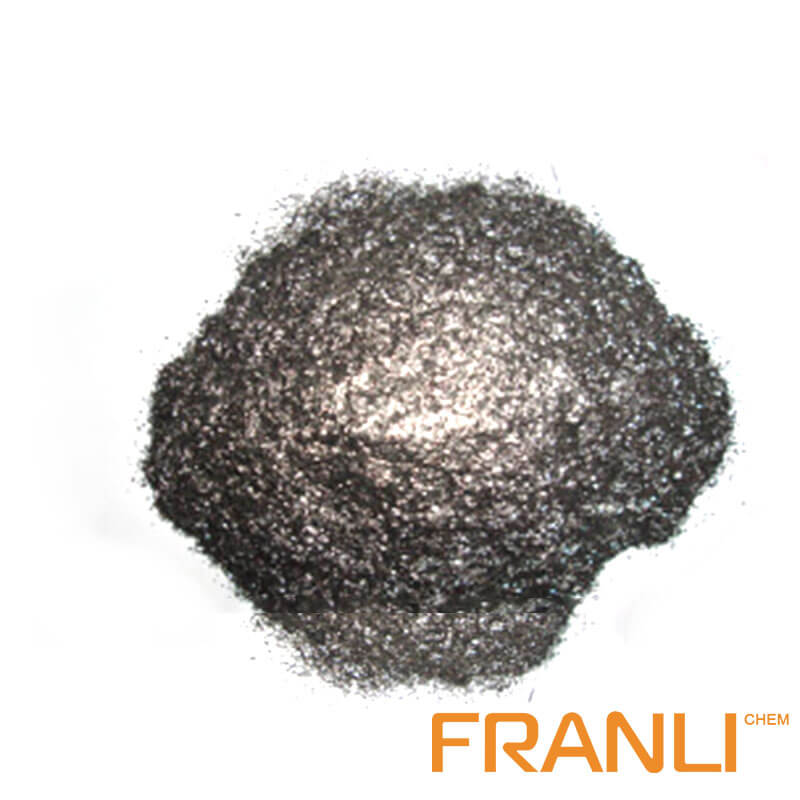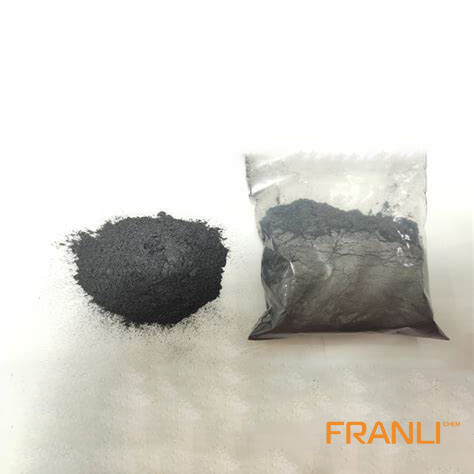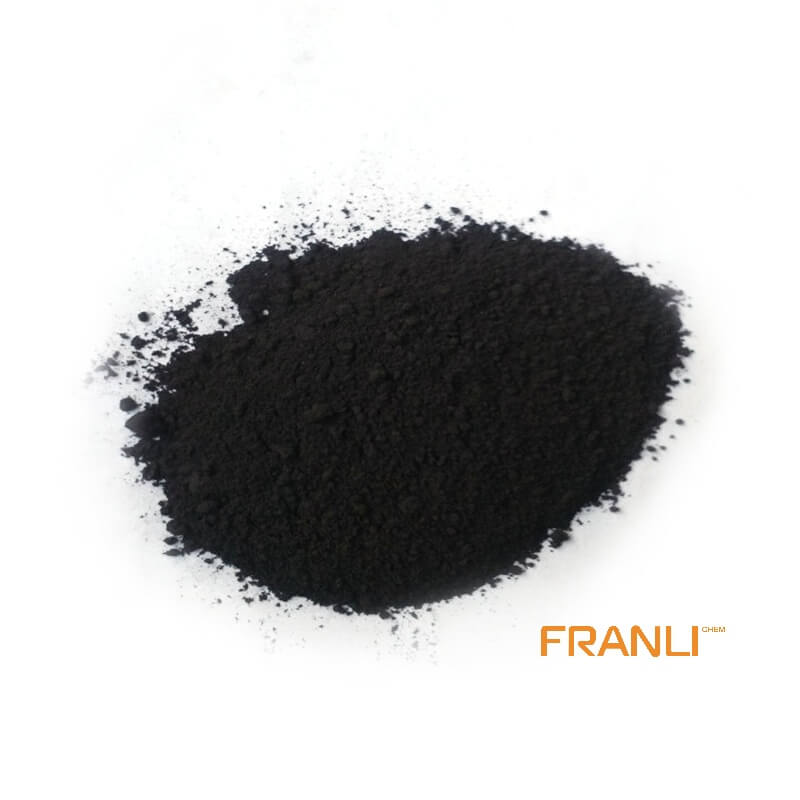


Flake Graphite
Size
0.01mm
Carbon Content
99%min
Package
25kg small bags into ton bags
Origin
China
Features
thermal shock resistance, lubricity, conductivity and plasticity…
Application
Lead battery plates positive and negative conductive agent, lithium batteries nickel hydrogen etc
Natural flake graphite has superior physical and chemical properties and is widely used in metallurgy, coatings and refractory industries. It is an important non-metallic raw material that is indispensable for today’s high-tech. Flake graphite is divided into large flake graphite and fine flake graphite according to the size of its scales. Usually, large flakes refer to +32 mesh, +50 mesh, +80 mesh, and +100 mesh flake graphite.
Request a quoteOne of the key properties of flake graphite is its tightness, which determines its suitability for different applications. The Franli study found how tight flake graphite is and the factors that affect its compactness. One of the most important properties of tightness, and as an important industrial material, it is often widely used in various applications because of its unique properties.
Conditions for flake graphite sealing
The tightness of flake graphite depends on the size and shape of the individual scales. In general, the larger and more irregular the sheet, the tighter the graphite. This is because larger flakes have a larger surface area and can be packed more tightly together than smaller flakes. In addition to the size and shape of the flakes, the purity of graphite also plays a role in its tightness. The presence of impurities such as clay, mica, and other minerals can interfere with the packaging of the flakes, reducing the tightness of graphite.
The tightness of graphite is an important factor in determining its suitability for various applications. For example, dense graphite is preferred for high-temperature applications such as refractories because it can withstand extreme high temperatures without decomposition or deformation. Similarly, dense graphite is also preferred for electrical applications such as batteries and fuel cells because of its high conductivity and efficient transfer of electrons.

Tightness of flake graphite
Tightness refers to the density or density of graphite sheets. The tighter the graphite sheet, the higher its density and the better the mechanical properties.
The tightness of flake graphite is affected by a number of factors, including the size and shape of the flakes, the purity of the graphite, and the processing method used to produce the graphite. In general, smaller flakes tend to be tighter than larger flakes because they have a higher surface area to volume ratio, allowing for more efficient packaging. Similarly, more regularly shaped flakes tend to be tighter than irregularly shaped flakes. The purity of graphite also plays an important role in determining its tightness. Impurities, such as clay, can reduce the tightness by filling the spaces between the flakes, making them less dense. Therefore, high-purity graphite tends to be closer than low-purity graphite.
The processing method used to produce graphite also affects its tightness. For example, flake graphite that is subjected to high- and high-temperature conditions during production tends to be more compact than graphite produced using low- and low-temperature methods.
In terms of application, the tightness of flake graphite is an important consideration for industries such as the automotive, aerospace, and electronics industries. These industries require materials with high mechanical strength and good thermal and electrical conductivity, properties that are closely related to the tightness.
Judgment of the degree of sealing
The degree of sealing of flake graphite applications depends on these several factors. These include the size of the flakes, the purity of the graphite, and the method used to make the graphite. In general, it is considered relatively loose due to its thin and flat structure. However, the loose nature of flake graphite is what makes it an excellent lubricant and conductor.

(1) The size of the flakes: Larger flakes tend to be looser than smaller flakes. This is because larger flakes have a larger surface area, which means more space between flakes. Smaller sheets, on the other hand, have a smaller surface area, which means they are more tightly packed together.
(2) Purity of graphite: High-purity graphite tends to accumulate more closely than low-purity graphite. This is because impurities in graphite create gaps between the flakes, making the graphite looser.
(3) Method of manufacturing graphite: Natural graphite is usually looser than synthetic graphite, which is manufactured using a process involving compression of graphite powder.
Flake graphite is generally considered relatively loose due to its thin and flat structure. However, the loose nature of flake graphite is what makes it an excellent lubricant and conductor. The size of the flakes, the purity of the graphite, and the method used to make the graphite all affect how tight it is. Therefore, when selecting flake graphite for a specific application, graphite from our Franli factory can be considered.



